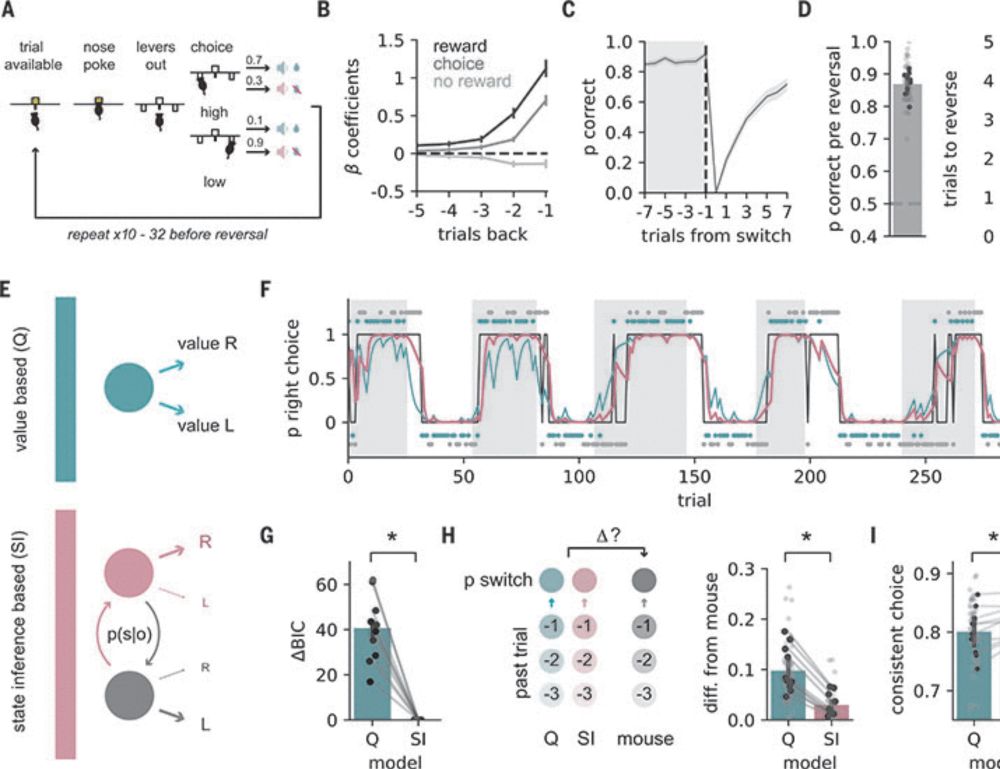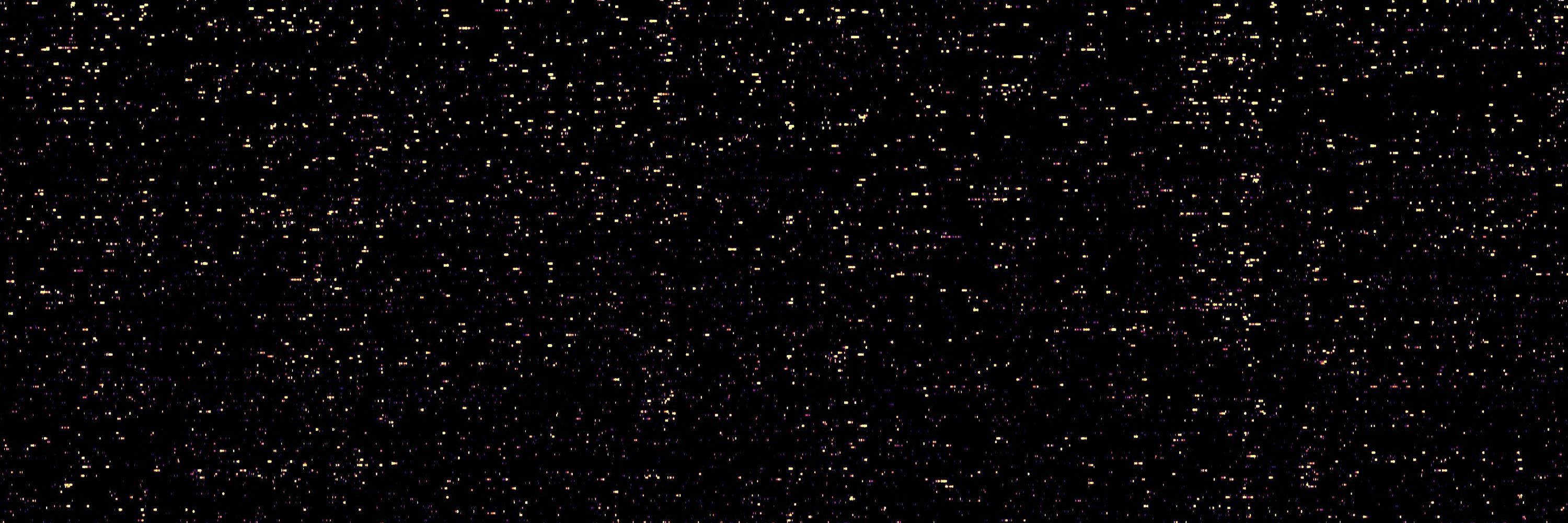
CIHR Postdoctoral Fellow @ McGill University
Incoming Assistant Professor @ University of Alberta (starting July 2025)
Accepting graduate student applications to start Fall 2025: https://sites.psych.ualberta.ca/NMSLab

#NeuroSky #NeuroAI 🧪🧠
tinyurl.com/4juhmad8
www.nature.com/naturecareer...

www.nature.com/naturecareer...
Fresh work incoming: Here we quantitatively compare the representational geometry of mouse CA1 and human spatial memory during environmental deformations. Briefest TLDR: Human memory looks like a change-resistant version of mouse CA1.
www.biorxiv.org/cgi/content/...
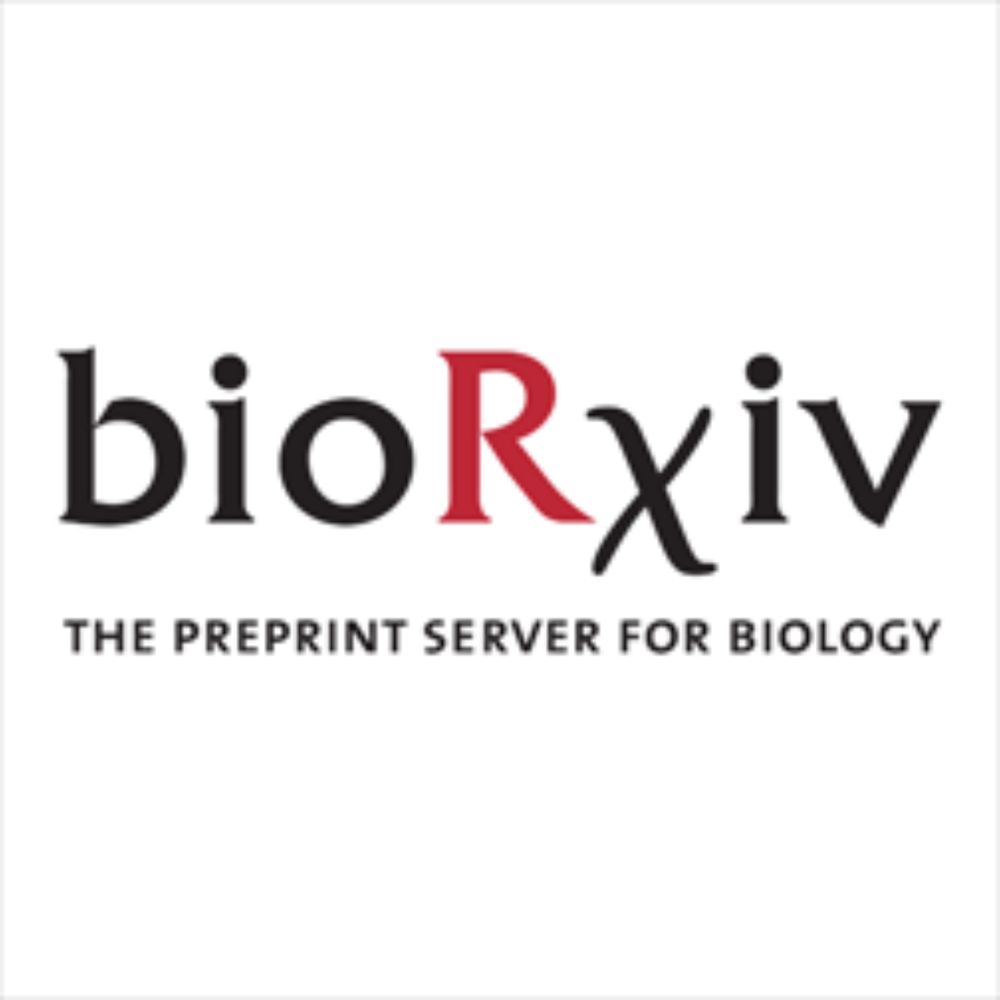
Fresh work incoming: Here we quantitatively compare the representational geometry of mouse CA1 and human spatial memory during environmental deformations. Briefest TLDR: Human memory looks like a change-resistant version of mouse CA1.
www.biorxiv.org/cgi/content/...
My group will study offline learning in the sleeping brain: how neural activity self-organizes during sleep and the computations it performs. 🧵
My group will study offline learning in the sleeping brain: how neural activity self-organizes during sleep and the computations it performs. 🧵
Link: www.nature.com/articles/s41...
🧵highlights below
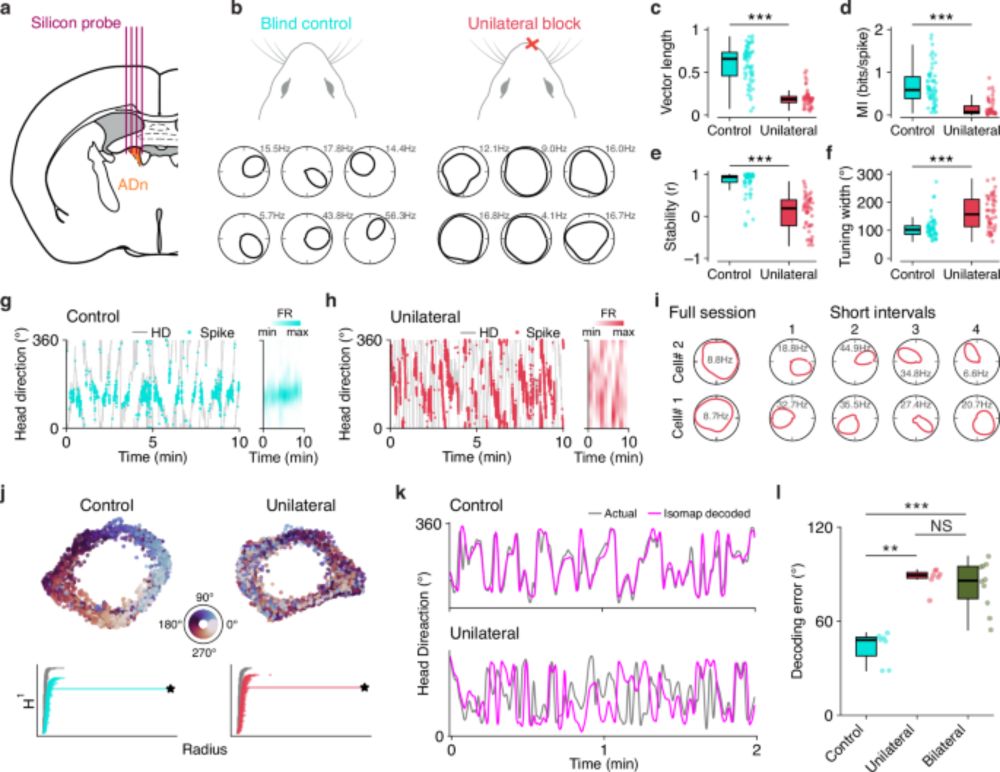
Link: www.nature.com/articles/s41...
🧵highlights below
www.nature.com/articles/s41...
🧠📈 🧪

www.nature.com/articles/s41...
🧠📈 🧪
The data is available on Zenodo (zenodo.org/records/1486...) and code on Github (github.com/jquinnlee/ge...). Big thanks to @markbrandonlab.bsky.social and @atkeinath.bsky.social on this effort! #neuroskyence 🧠
The data is available on Zenodo (zenodo.org/records/1486...) and code on Github (github.com/jquinnlee/ge...). Big thanks to @markbrandonlab.bsky.social and @atkeinath.bsky.social on this effort! #neuroskyence 🧠
Use #cosyne2025 so we can 👀 what you're up to!!
Use #cosyne2025 so we can 👀 what you're up to!!
Explains emergence of multiple grid cell modules, w/ excellent match to data! Novel mechanism for applying across vast systems from development to ecosystems. 🧵👇
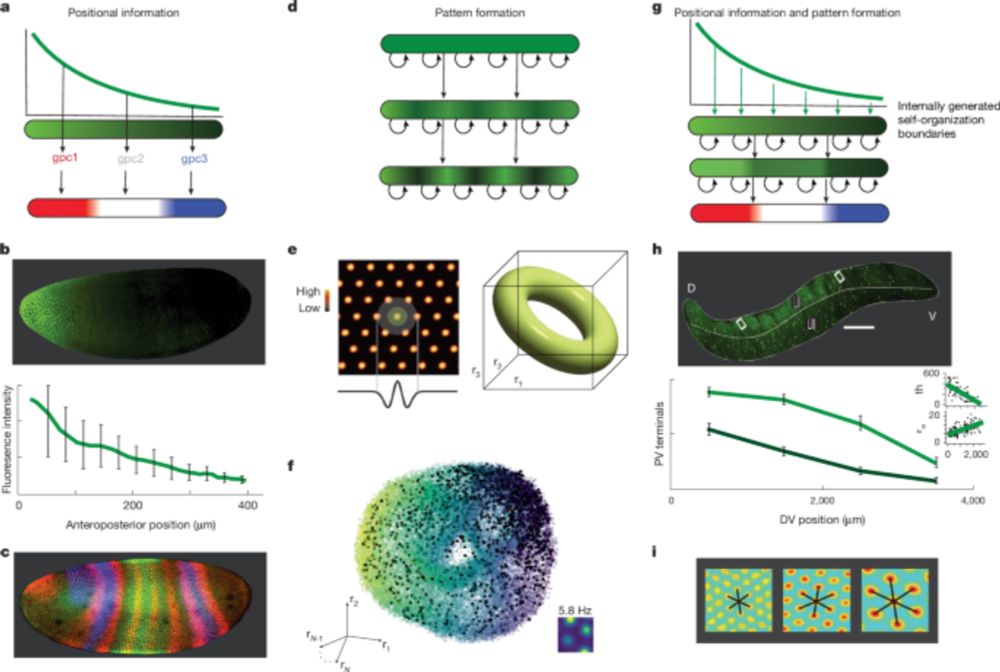
Explains emergence of multiple grid cell modules, w/ excellent match to data! Novel mechanism for applying across vast systems from development to ecosystems. 🧵👇
www.kbrs.ca/Career/17387...
Please share!!!
🧪 #MLSky

www.kbrs.ca/Career/17387...
Please share!!!
🧪 #MLSky
See below for a summary of key results by
@pcastr.bsky.social!
Turns out: yes!
Thrilled to share our latest preprint where we used FunSearch to automatically discover symbolic cognitive models of behavior.
1/12

See below for a summary of key results by
@pcastr.bsky.social!
Visual experience orthogonalizes visual cortical responses
Training in a visual task changes V1 tuning curves in odd ways. This effect is explained by a simple convex transformation. It orthogonalizes the population, making it easier to decode.
10.1016/j.celrep.2025.115235
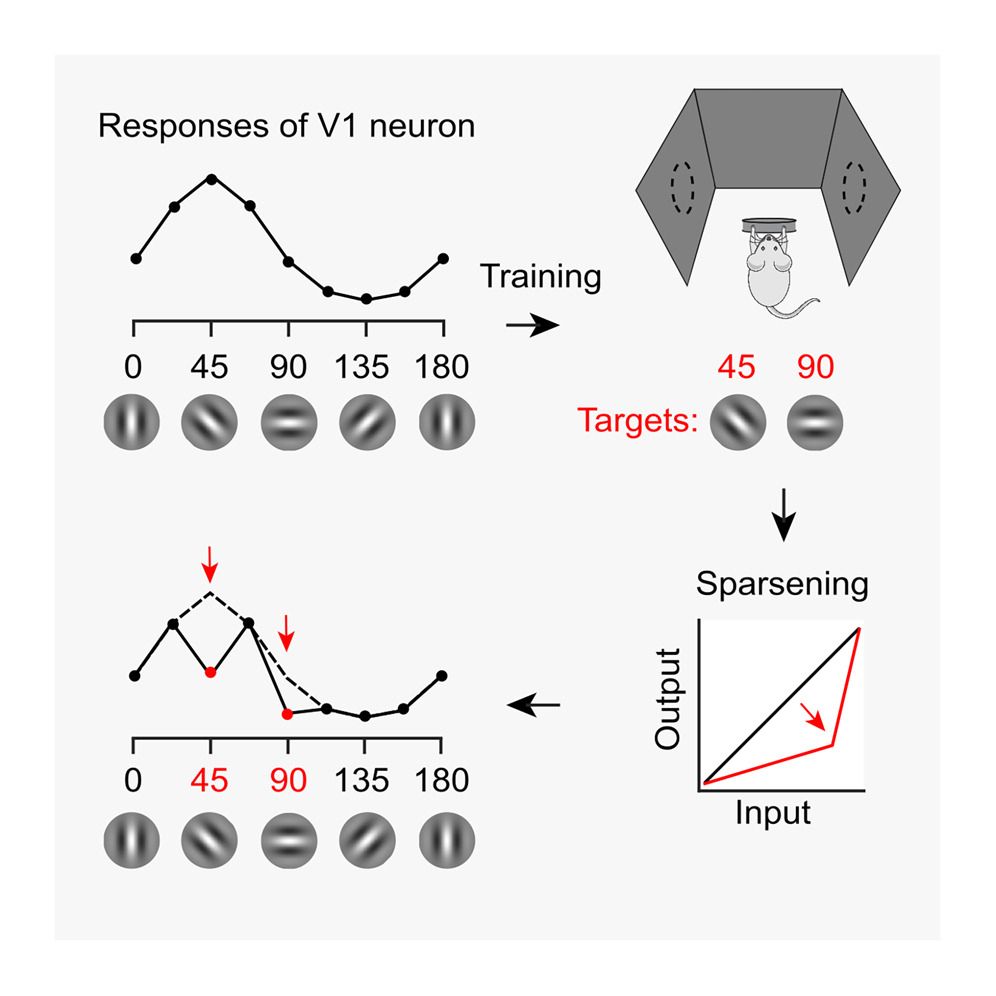
Visual experience orthogonalizes visual cortical responses
Training in a visual task changes V1 tuning curves in odd ways. This effect is explained by a simple convex transformation. It orthogonalizes the population, making it easier to decode.
10.1016/j.celrep.2025.115235
By @callimcflurry.bsky.social
www.thetransmitter.org/memory/remem...
By @callimcflurry.bsky.social
www.thetransmitter.org/memory/remem...
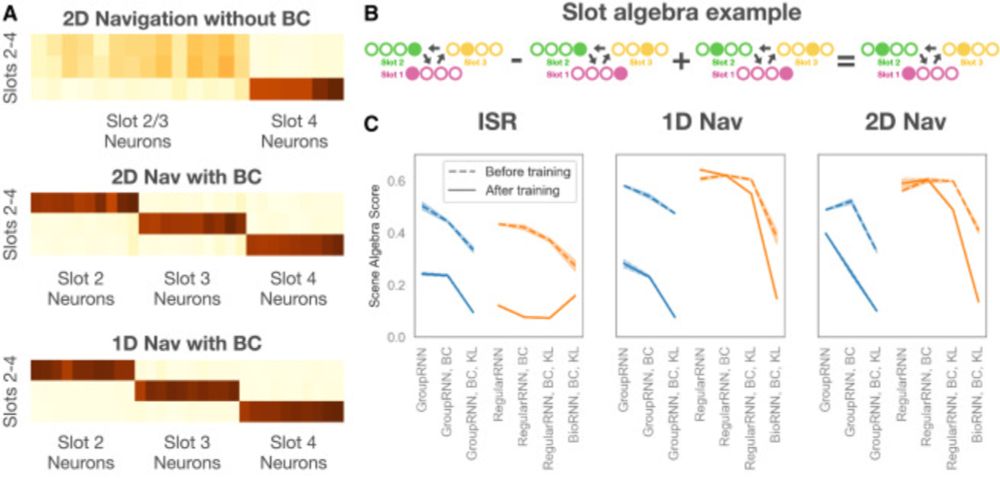
#NeuroSky 🧠🧪

#NeuroSky 🧠🧪
Fantastic work from @laurenb29.bsky.social and Will de Cothi showing how many of the cell types associated with subiculum (e.g. boundary vector cells, corner cells) can be understood as successor features. TLDR: SUB not CA1 is the SR

Fantastic work from @laurenb29.bsky.social and Will de Cothi showing how many of the cell types associated with subiculum (e.g. boundary vector cells, corner cells) can be understood as successor features. TLDR: SUB not CA1 is the SR
More evidence for a unifying predictive framework of cognitive mapping in the mouse brain! Also first time I have seen reliable between subject differences in maps over protracted time. Nicely done!!
TLDR: All signs point to a predictive theory!
tinyurl.com/yeyv5p3x

More evidence for a unifying predictive framework of cognitive mapping in the mouse brain! Also first time I have seen reliable between subject differences in maps over protracted time. Nicely done!!
AI/ML/DL Theory: apps.ualberta.ca/careers/post...
AI + SWE: apps.ualberta.ca/careers/post...
Systems: apps.ualberta.ca/careers/post...




AI/ML/DL Theory: apps.ualberta.ca/careers/post...
AI + SWE: apps.ualberta.ca/careers/post...
Systems: apps.ualberta.ca/careers/post...
Our new preprint "SIMPL: Scalable and hassle-free optimisation of neural representations from behaviour” argues that existing techniques for latent variable discovery are lacking.
We suggest a much simpl-er way to do things.
1/21🧵
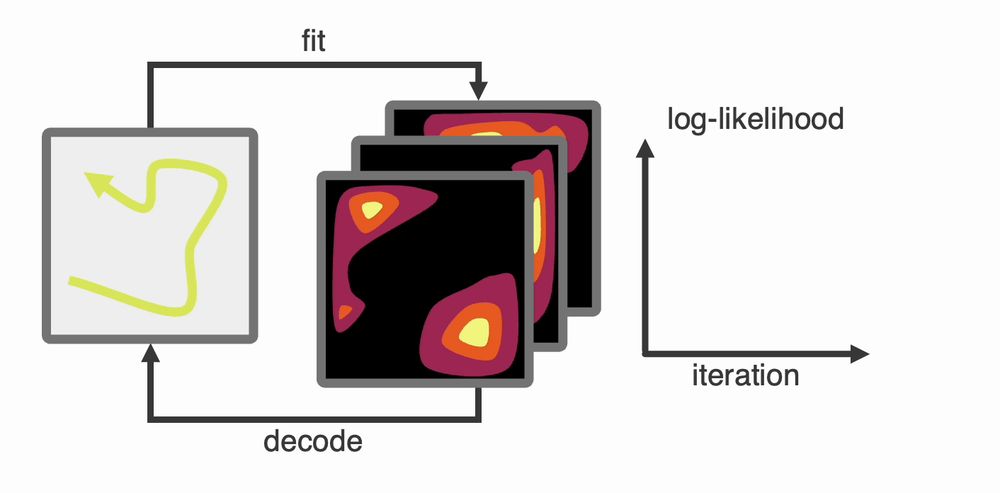
Our new preprint "SIMPL: Scalable and hassle-free optimisation of neural representations from behaviour” argues that existing techniques for latent variable discovery are lacking.
We suggest a much simpl-er way to do things.
1/21🧵
Our new paper, w Mike @drmichaellevin.bsky.social "Bio-inspired AI: Integrating Biological Complexity," explores how biological principles like adaptability, context-dependence, and hierarchical processing can inspire the next generation of AI.
🧵👇1/n
Our new paper, w Mike @drmichaellevin.bsky.social "Bio-inspired AI: Integrating Biological Complexity," explores how biological principles like adaptability, context-dependence, and hierarchical processing can inspire the next generation of AI.
🧵👇1/n
Applications are open for outstanding graduate students in Artificial Intelligence to spend the summer at CSHL as NeuroAI Interns.
Deadline: Dec 10th, 2024. Please spread the word!
www.schooljobs.com/careers/cshl...
@cshlaboratory.bsky.social

Applications are open for outstanding graduate students in Artificial Intelligence to spend the summer at CSHL as NeuroAI Interns.
Deadline: Dec 10th, 2024. Please spread the word!
www.schooljobs.com/careers/cshl...
@cshlaboratory.bsky.social
#NeuroSky #NeuroAI 🧪🧠
tinyurl.com/4juhmad8

#NeuroSky #NeuroAI 🧪🧠
tinyurl.com/4juhmad8
